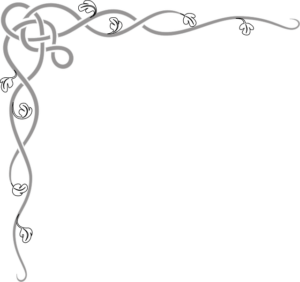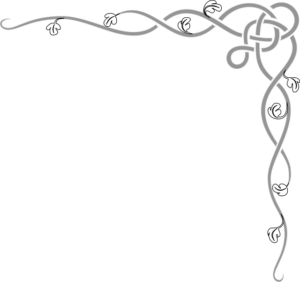Meet the Bagshaws
The village of Scarcliffe in Derbyshire is dominated by the church of St Leonard at its centre. The church registers are available from approximately 1680, some 30 years before the earliest Bagshaw of our family makes an appearance. St Leonard’s is a Norman church with a 19th century tower that would easily have been seen from the surrounding agricultural land, some of which was farmed by John Bagshaw (b 1709).
For reasons known only to his family, John was christened in the nearby parish of Teversal (St Katherine’s church). It appears that the family settled there until his son Henry resumed the connection to Scarcliffe in the mid-1750s. It was here that this branch flourished, particularly as Henry married three times and fathered 6 children, and they worked the land at Scarcliffe Hall Farm.
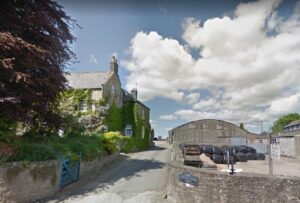
Information sourced from the website richardsbygonetimes.co.uk/landtax.htm and Derbyshire County Record Office (Ref: Q/RE. Film M226), indicates that the land was owned by the Earl of Bathurst, and therefore the Bagshaws were tenants and not owners. Henry’s son John married Maria Skinner and they produced 9 children of whom both Thomas and his brother Robert married two sisters, Elizabeth and Martha Twidale respectively.
Robert, in 1871, was admitted to Nottingham Lunacy Hospital and later died there. This would have been the General Lunatic Asylum for County and Town of Nottingham opened at Sneinton built in 1810. In 1855 private patients were transferred to The Coppice q.v. and Sneinton became ‘County and Borough of Nottingham Lunatic Asylum’.
At this point in time there is a movement away from Scarcliffe and also a broadening in the type of employment entered into by the Bagshaws. Thomas made the move at some point to Bolsover and although he continued farming and undertook milling, he was strangely described as a Tea Merchant on the birth certificate of his son, William.
Second son, Robert, worked originally on the premises but as a corn miller before at some point, he changed career and moved to Worksop as a Coal Merchant. He later moved away to Ashover and Bath House, returning to farming.
He married Mary Vessey in 1886 and they produced 6 children.
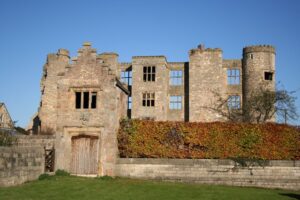
A further move to Thorpe Salvin saw the birth of youngest child Edward Bagshaw, in 1902. He married Sarah Helena Hopkinson in 1927 in Chesterfield. They returned to Ashover and Bath House Farm, where eldest child Hilda was born, but moved to Dale Bank where Geoffrey and Ronald were added to the family.
The final move was to Holmesfield.
Geoffrey was born in 1929 and went on to marry Edith Parry, thus bringing the two families together.

Families in More Detail
To take a look at some of our individual families in more detail just click on the photos below and we will take you to a more detailed story of that family as we know it including the locations associated with the family.
Meet the Heads of the Family

The O'Haras
From Ballina, County Sligo (Mayo) as far as Pennsylvania in the USA and south across the Sottish border to South Yorkshire.

The Rynns
Originally from Ireland, Richard Rinn had emigrated to Scotland after 1828. The spelling of their name mutated in their new land.
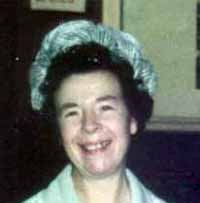
The Pridmores
With a large concentration in Bourne in Lincolnshire, their saddlery skills were easily transferred to Sheffield in the mid-19th century

The Temprells
The Temprells were a Nottinghamshire family that settled onthe South Yorkshire border. A mining family.
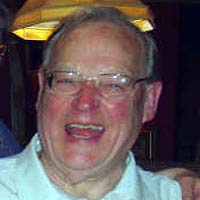
The Bagshaws
Strething back many generations to the Derbyshire / Nottinghamshire border, the Bagshaws appear to have had little wanderlust.
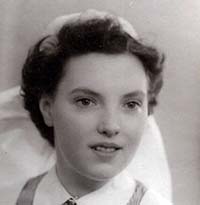
The Parrys
Inhabiting Denbighshire and the North Welsh coast, they spread their wings into Merseyside but not too much further.
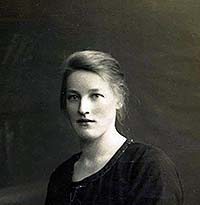
The Hopkinsons
Our Hopkinsons show a presence in Derbyshire going back to the mid-18th century with continuity there for at least 3 centuries.
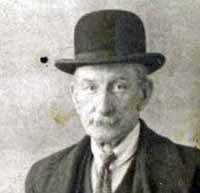
The Allsops
Another family with a Derbyshire pedigree back to the early 1700's. Ashbourne, Hognaston and Brassington being favoured.

Copyright
Copyright Chris and Jill O’Hara 2022
